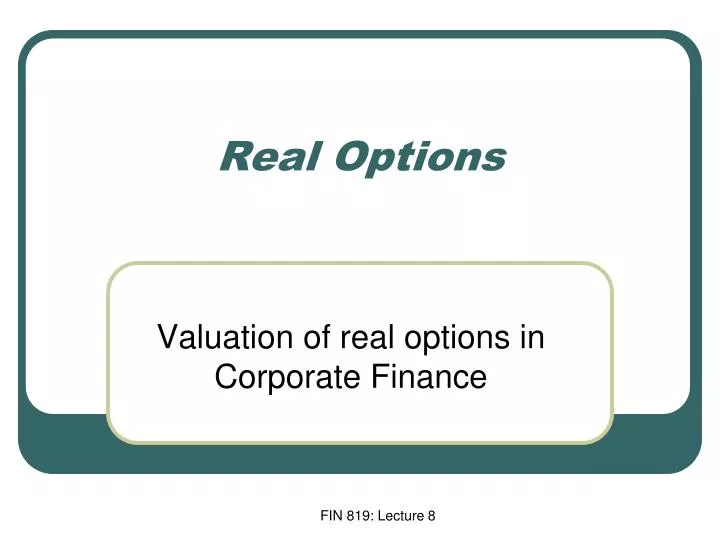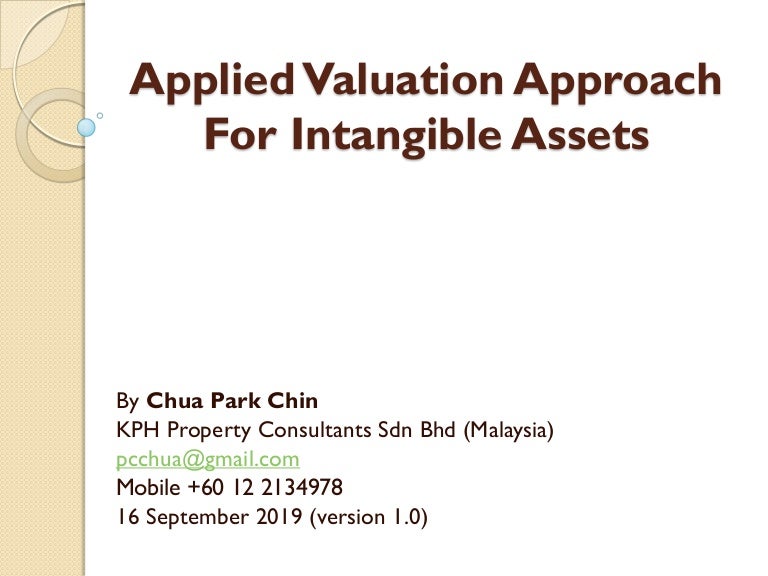

Students are required to apply the ‘Harvard Style’ of referencing in completing written work, where applicable. Referencing is essential to demonstrate that you have read thoroughly, and acknowledges the ideas and materials of other authors in your work. if your raw mark exceeds that of another student, then your scaled mark will exceed the scaled mark of that student), and may be either up or down. Any scaling applied will preserve the rank order of raw marks (i.e.

However, your final mark may not be the same number as produced by that formula, as marks may be scaled. Your final mark for the course will be based on the raw marks allocated for each of your assessment items. changes to timetables or notifications of cancellations.Īny student identified, either during the current semester or in retrospect, as having used ghost writing services will be investigated under the University’s Academic Misconduct Students are expected to check the Wattle site for announcements about this course, e.g. Emails from personal email accounts will not be answered. You have any questions for the teaching and course convenor make sure you email them using your ANU email address. If I, or anyone in the School, College or University administration, need to contact you, we will do so via your offcial ANU student email address, which you need to check regularly. Information on these is available online from The University offers a number of support services for students. The Surveys and Evaluation website provides more information on student surveys at ANU and reports on the feedback provided on ANU courses. The feedback given in these surveys is anonymous and provides the Colleges, University Education Committee and Academic Board with opportunities to recognise excellent teaching, and opportunities for improvement. Students are encouraged to offer feedback directly to their Course Convener or through their College and Course representatives (if applicable). feedback to whole class, groups, individuals, focus group etcĪNU is committed to the demonstration of educational excellence and regularly seeks feedback from students.Students will be given feedback in the following forms in this course: E-book version of the textbook is also available from ANU library website.ĭamodaran A., Investment Valuation, 3rd Edition, University Edition (John Wiley and Sons), 2012.Īdditional materials will be made available on Wattle. The book can be purchased from the on campus bookshop, with a small number of copies also available for 2 hour loan in the reserve loan section of the Chifley Library. Students are expected to have access to a copy of the prescribed book for the duration of the semester. and Wessels, D., Valuation: Measuring and Managing the Value of Companies, 6 Edition, Mc Kinsey & Co (John Wiley and Sons), 2015. A backup computer and/or internet would be a good idea.

Students are required to ensure that the technology needed for the online quiz and final exam is reliable. With the distinct feature of learning by doing, this course will train students in critical analysis of real-world problems in corporate financial decisions, and evaluation and communication of valuation results. Use valuation tools to plan and monitor key corporate decisions.īy working through corporate valuation cases, students will learn and exercise the necessary skills for financial industry based research.Implement and communicate techniques used to place a value on a company’s operations and.Demonstrate an in depth knowledge of valuation essentials.Upon successful completion, students will have the knowledge and skills to: Corporate Valuation is a “capstone” finance course that draws on core corporate finance principles, theories and methods previously studied. Students will work in teams to value an existing company, present their analysis and investment recommendation. The techniques covered include discounted cash flow, multiple-based and asset-based valuations. Because of the richness of the approach, most of the focus will be on discounted cash flow analysis. While this entails more work and requires significant student initiative, this type of ‘learning by doing’ should provide a lasting framework.


 0 kommentar(er)
0 kommentar(er)
